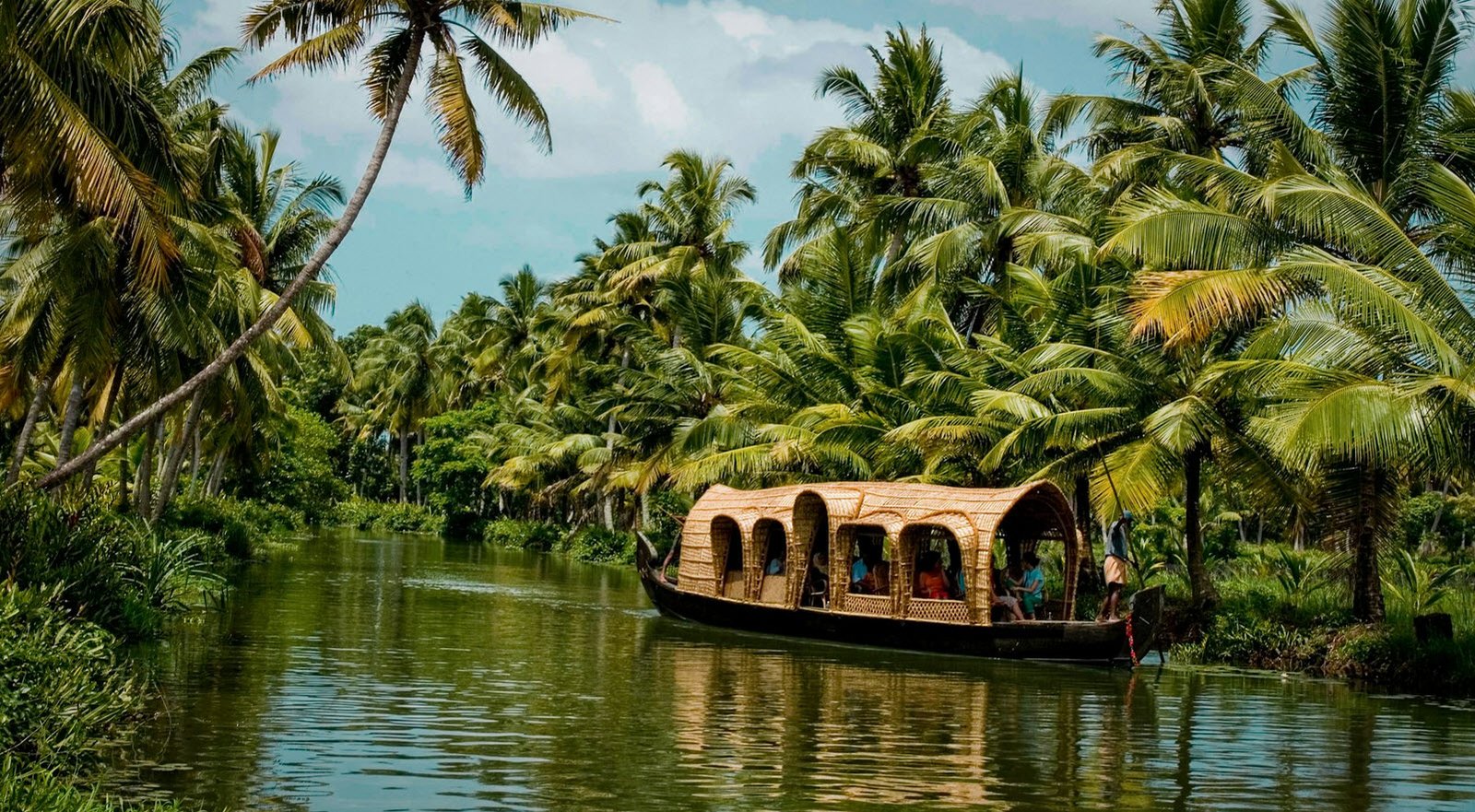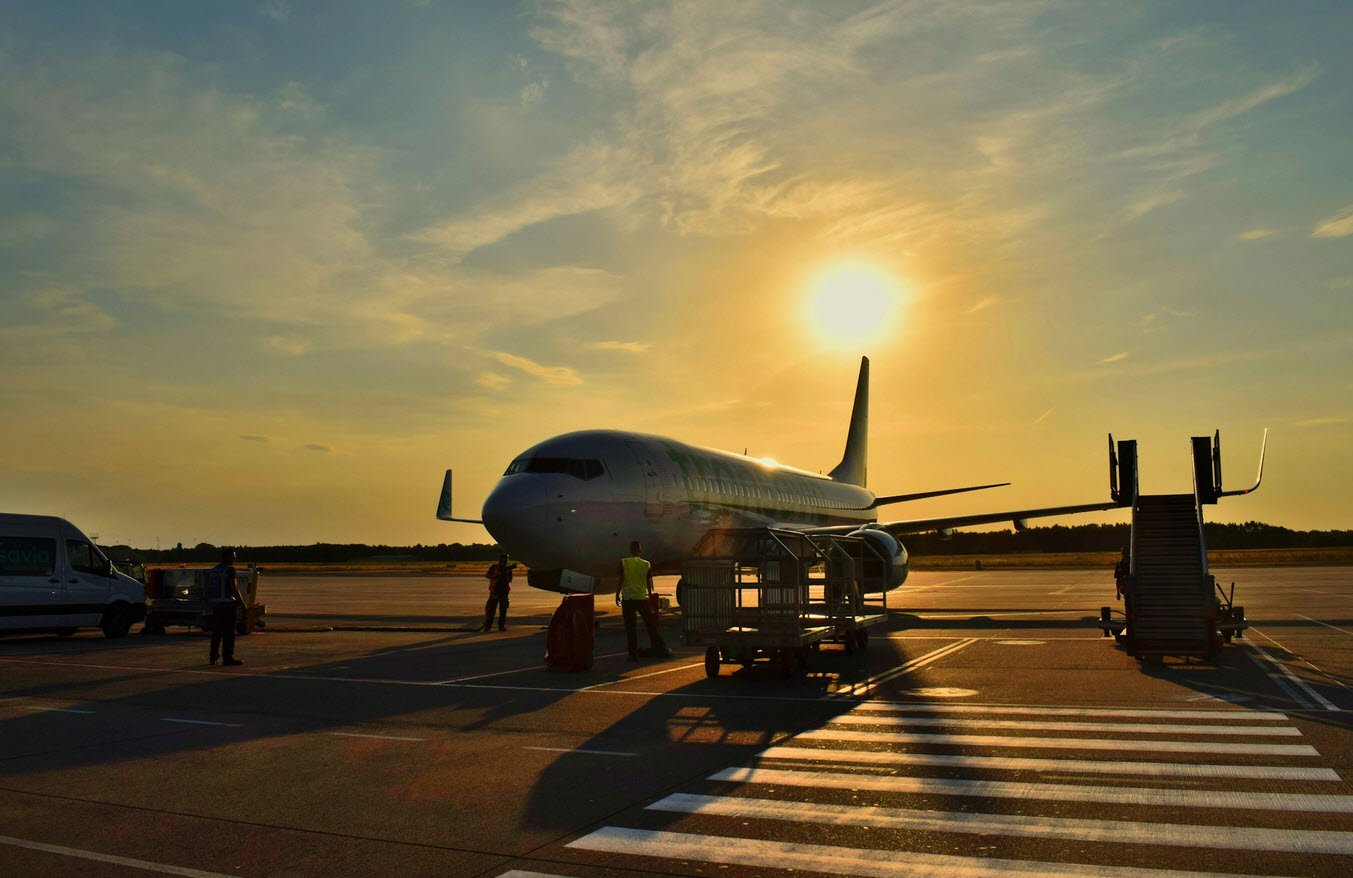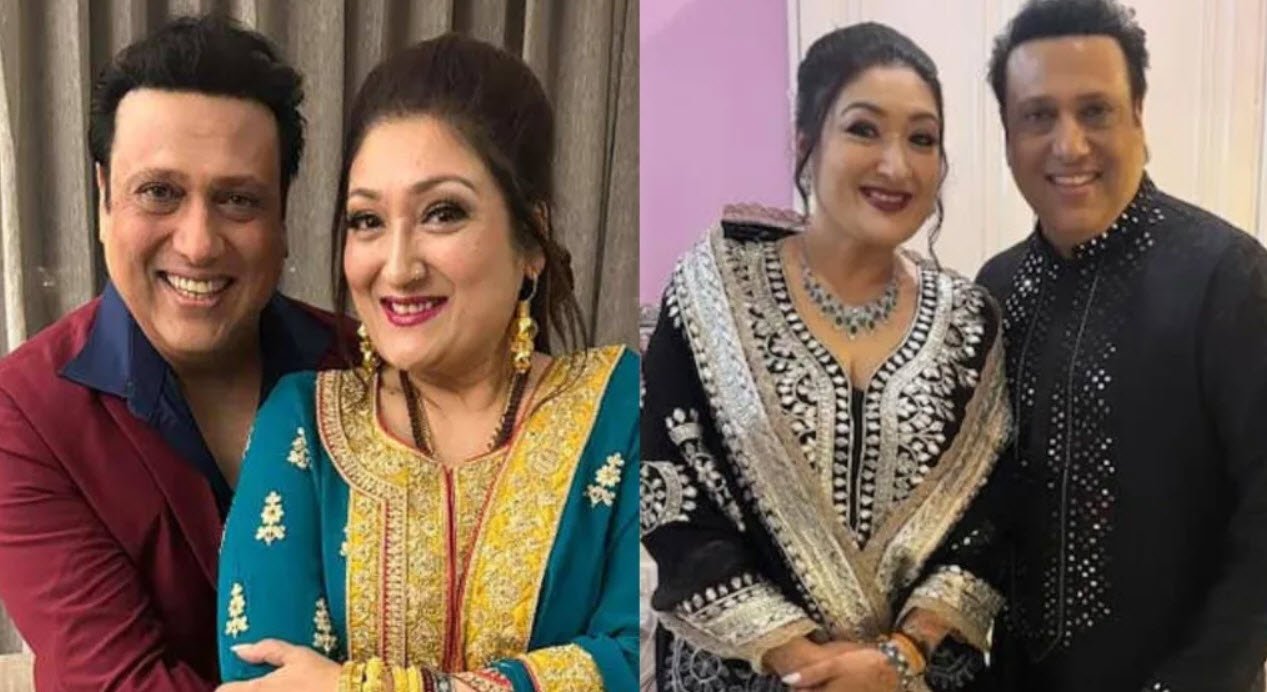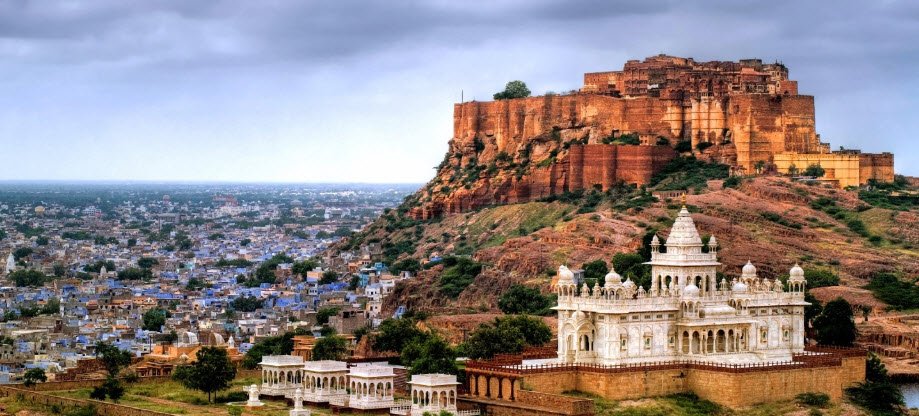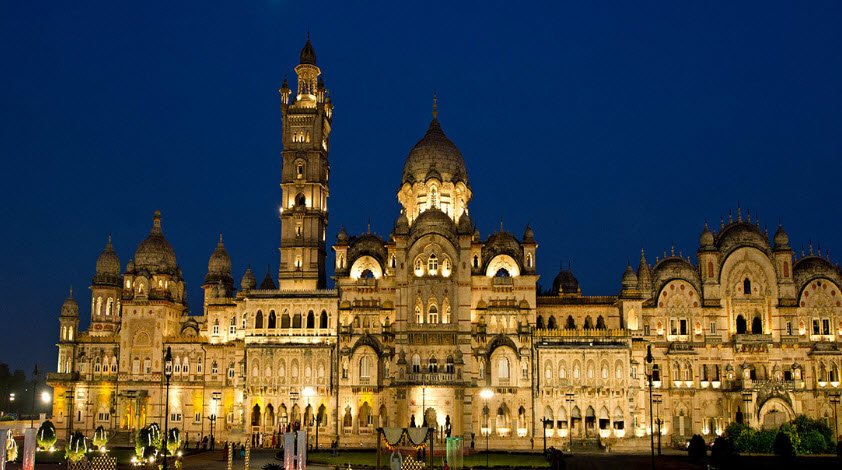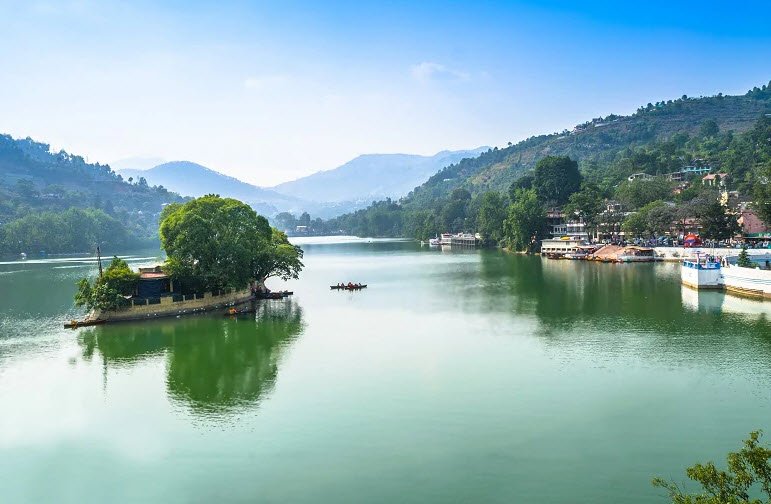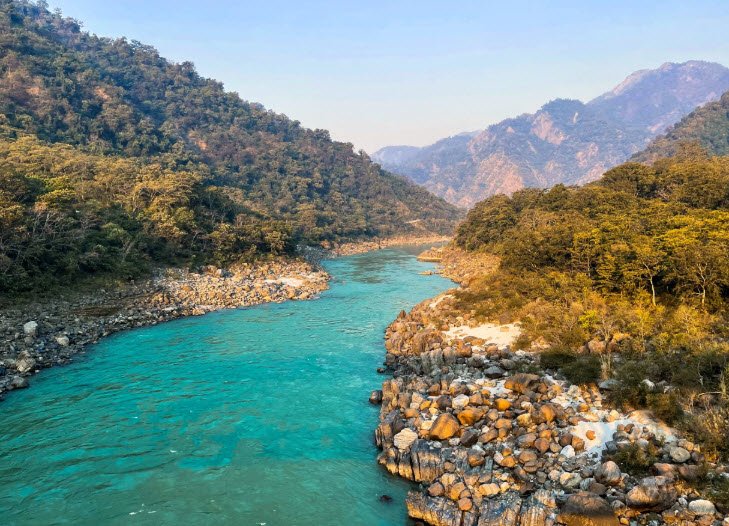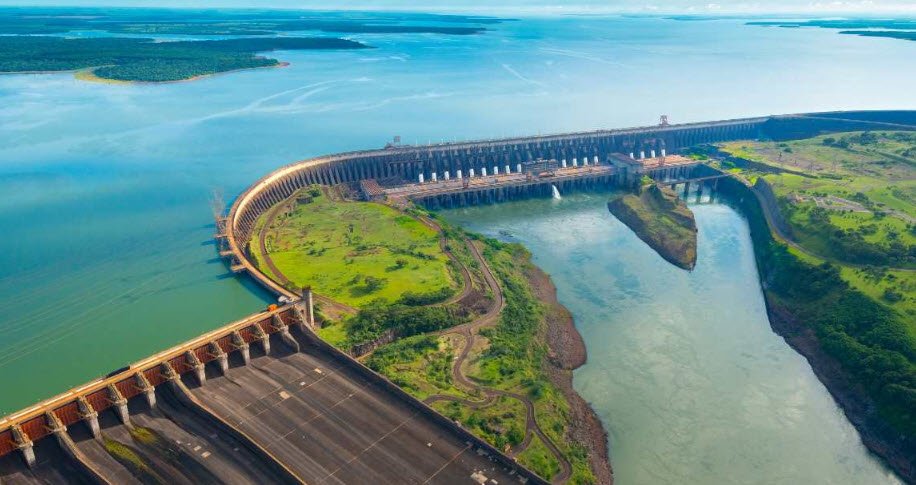Union Territories (UTs)
Top Famous Indian Beaches
Famous Lakes
Temples
National Parks
Museums
Waterfalls
Wildlife Sanctuaries
Zoos
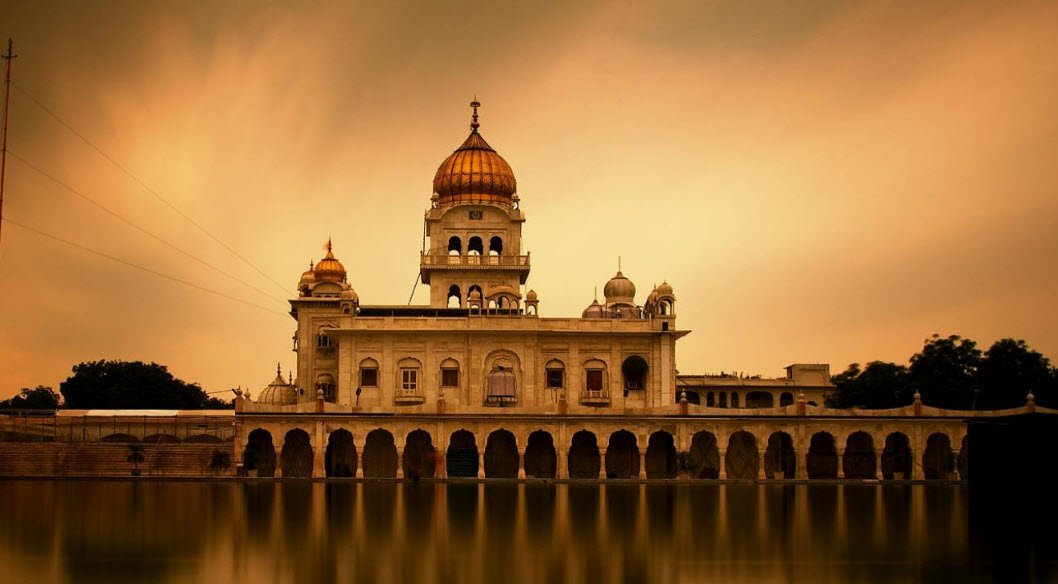
List of Famous Historical Gurudwaras
A gurdwara is the Sikh place of worship and may be referred to as a Sikh temple.
13 March 2022 - By Paramjeet Singh
List of Famous Historical Gurudwaras
A gurdwara is the Sikh place of worship and may be referred to as a Sikh temple. In the 15th century a religion emerged in India that spoke about equality, bravery and generosity.
Sikhism, founded by the humble saint Guru Nanak, proved to be one of the most powerful religions in the history of India. This religion gave us a league of extraordinary men that fought for truth and became pillars of courage. Today, Sikhism is the fourth-largest religion in India with 2% of the country’s total population following it.
AMRITSAR CIRCUIT
- Harmandir Sahib or Golden Temple Amritsar: With a part of the land granted by Emperor Akbar, the foundation stone of this gurdwara was laid by a Muslim Sufi Saint, Mian Mir.
- Taran Tarn: This town was founded by Guru Arjan Dev if and is situated nearly 24 Kms south or Amritsar. He also got constructed an impressive gurudwara with a gold plated dome. It has a holy pool also. The guru used to run a leper's home here.
- Khadur Sahib: This town and the gurudwara were founded by the second Sikh Guru Angad Dev Ji. It is situated around 52 km from Amritsar.
- Goindwal Sahib: This town and the gurudwara were founded by the third Guru, Guru Amar Das Ji. The deep well (bauli) in the Gurudwara has 84 steps.
- Baba Bakala: At this place, the 9th Guru Teg Bahadur had revealed himself to Makhan Shah Lubana, a Sikh devotee here.
- Gurdwara Mata Kaulan Sahib or Gurudwara Kaulsar Sahib: Sacred Sikh shrine on the west of Gurudwara Baba Atal in Amritsar, Punjab near the main Darbar Sahib at Harmandar Sahib.
- Gurudwara Sangrana Sahib: Situated on the Taran Taran Road in Amritsar District. It is the place where Guru Har Gobind Ji won his first battle, the Battle of Amritsar in 1628 and gave a boon of 7 sons to Mata Sulakhni Ji.
- Gurudwara Baba Deep Singh, Amritsar: The great Sikh scholar and martyr Baba Deep Singh was mortally wounded here when in 1762 the Afghan invader Ahmed Shah Abdali ordered the Harmandar Sahib to be blown up, and the Sacred Tank filled in. Baba Deep Singh, the greatest Sikh scholar of his time, took up the sword on a mission to restore the sanctity of the Harmandir Sahib.
- Dera Baba Nanak: (35 Kms west of Gurdaspur) Guru Nanak Dev Ji spent the last 12 years of his life here. The garments he wore at Mecca are preserved here.
- Gurudwara Ber Sahib, Sultanpur Lodi: This Gurdwara is built the place where the First Guru Nanak got enlightenment and created the Sukhmani Sahib while taking a bath in the river Kali Bein. From Sultanpur Lodi, he started his famous journeys. Sultanpur Lodi in Kapurthala district is readily accessible from Jalandhar and Amritsar via Taran Taran and Goindwal Sahib.
ROPAR CIRCUIT
- Gurdwaras at Kiratpur Sahib: Kiratpur was established in 1627 by the 6th Guru Sri Guru Hargobind Ji.
- Gurudwara Charan Kamal: This place is associated with the memory of a Muslim saint, Pir Buddan Shah, who had offered milk to Guru Nanak Dev and lived up to the times of Guru Hargobind Sahib.
- Gurudwara Shish Mahal Sahib: The 6th Guru had established his residence here. The 7th Guru Sri Guru Har Rai Ji and the 8th Guru Sri Guru Harkrishan Ji were born here.
- Gurudwara Damadama Sahib: The 6th Guru used to deliver divine sermons here.
- Gurdwara Sri Takhat Sahib: The 6th and the 7th Gurus were proclaimed Gurus at this spot according to the Sikh traditions.
- Gurudwaras at Anandpur Sahib: In 1665, the 9th Guru Sri Guru Teg Bahadur had bought the site of Anandpur Sahib from the Rani of Bilaspur and established a town earlier known as Chak Nanaki.
- Guru-ka-Mahal: It was built as the residence of Guru Teg Bahadur Ji. Sri Guru Gobind Singh Ji also stayed here, and his four Sahibjadas (baby sons) were born here.
- Gurdwara Thara Sahib: It was at this spot in 1675 that a delegation of 15 Kashmiri Brahmans led by Pandit Kirpa Ram had come to beseech the 9th Guru to save them from the tyranny of the Mughals, who were forcibly converting them to Islam.
- Gurudwara Sis Ganj Sahib: The head of Guru Teg Bahadur who embraced martyrdom in Delhi in 1675 to save the Hindu religion, was brought from Kiratpur Sahib and cremated here.
- Gurudwara Takhat Sri Keshgarh Sahib: This is one of the five temporal seats of the Sikhs. Guru Gobind Singh baptised the Panj Piaras five beloved ones) were here. The Hola Mohalla fair of Anandpur Sahib is very famous.
DELHI AREA
- Gurudwara Bangla Sahib: The most prominent Sikh gurudwara in Delhi, known for its association with the eighth Sikh Guru, Guru Har Krishan and the pond inside its complex, referred to as the "Sarovar", whose water is considered holy by Sikhs and is known as "Amrit". It was built by a Sikh General, Sardar Baghel Singh in 1783, who supervised the construction of nine Sikh shrines in Delhi in the same year, during the reign of Mughal Emperor Shah Alam.
- The Gurudwara Sis Ganj Sahib: Built at the site in the Chandni Chowk area of Old Delhi, where the ninth Sikh Guru, Guru Tegh Bahadur was beheaded on the orders of the Mughal emperor in 1675 A.D. by Aurangzeb, for refusing to convert to Islam. His body was evacuated under cover of darkness by one of his disciples, Lakhi Shah Vanjara, who then burnt his house to cremate the Guru's body. This place is now known as Gurudwara Rakab Ganj Sahib. The severed head ("Sis") of Guru Tegh Bahadur was brought to Anandpur Sahib by Bhai Jaita, another disciple of the Guru and proffered to Guru's son, Gobind Rai, who would later assume the name Gobind Singh, the tenth and the last Guru of the Sikhs.
- Gurudwara Manju ka Tila Sahib: It commemorates the visit of Guru Nanak, the first Guru and founder of the Sikh religion, to Delhi in the early 15th century.
- Gurudwara Nanak Piao: Situated off the Grand Trunk road near Azadpur Mandi in Delhi. It is located at the place where the first Sikh Guru, Sri Guru Nanak Dev resided during his visit to Delhi in the year 1505. His Muslim disciple, Mardana accompanied him.
GURDWARAS IN PAKISTAN
- Gurudwara Nankana Sahib: It was earlier known as "Rai-Bhoe-Di-Talwandi'. It is a city in the Pakistani province of Punjab named after the first guru Nanak Dev. Because Nankana Sahib is the birthplace of Guru Nanak Dev, the central figure in Sikhism, it is a city of high historical and religious value and is a popular pilgrimage site for Sikhs from all over the world. Nankana Sahib is the most sacred place for the Sikhs, it being the place of birth of Guru Nanak. At the time of Guru Nanak's birth, the town was called Rai Bhoe Di Talwandi and was also referred to as Raipur.
- Gurudwara Darbar Sahib Kartarpur: A Gurudwara in Kartarpur, Narowal District, Pakistan. It is built on the historic site where Guru Nanak Dev Ji died on 23rd Assu, Samvat 1596 (22nd Sept. 1529). It is also called Dera Nanak Baba.
- Gurudwara Panja Sahib: The gurudwara is situated around 48 kilometres from Rawalpindi at Hasan Abdal and is associated with Guru Nanak. It is said that a giant rolled a big rock to crush. Guru Nanak stopped the hurled rock with a push of his hand which left the print of his hand on the rock. It is one of the holiest places revered by Sikhs.
- Gurudwara Dehra Sahib: The place where Guru Arjun Dev ji was imprisoned and tortured. It is situated on the banks of river Ravi in Lahore.

Paramjeet Singh
Author

